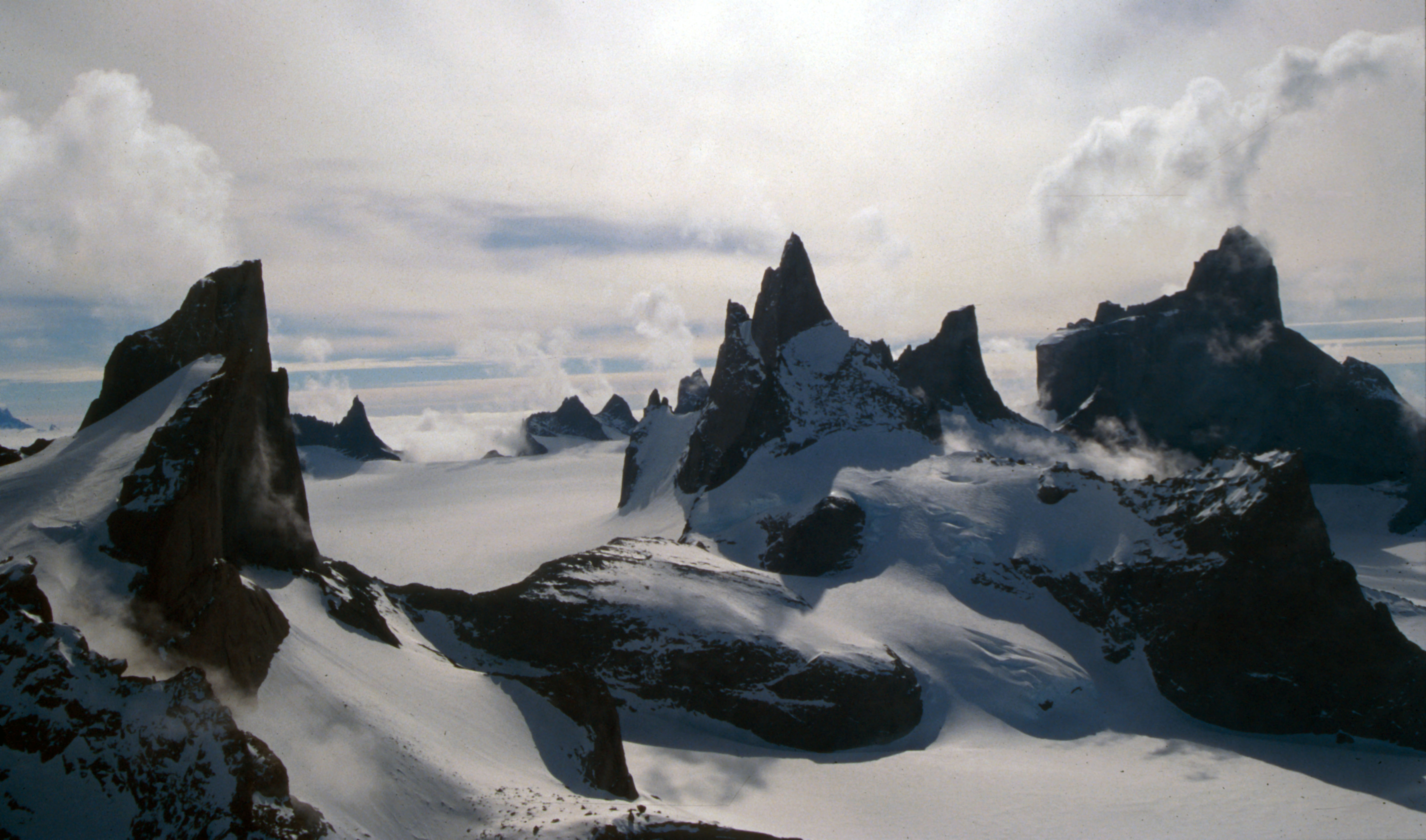|
Tverreggtelen Hill
Tverreggtelen Hill () is a hill immediately southeast of Tverregga Spur Tverregga Spur () is a spur 3 nautical miles (6 km) west of Mount Hallgren, in the Kirwan Escarpment The Kirwan Escarpment ( no, Kirwanveggen) is a prominent northwest-facing escarpment which lies south of the Penck Trough in Queen Maud L ... in the Kirwan Escarpment, Queen Maud Land. Mapped by Norwegian cartographers from surveys and air photos by Norwegian-British-Swedish Antarctic Expedition (NBSAE) (1949–52) and additional air photos (1958–59), and named in association with Tverregga Spur. Hills of Queen Maud Land Princess Martha Coast {{PrincessMarthaCoast-geo-stub ... [...More Info...] [...Related Items...] OR: [Wikipedia] [Google] [Baidu] |
Tverregga Spur
Tverregga Spur () is a spur 3 nautical miles (6 km) west of Mount Hallgren, in the Kirwan Escarpment The Kirwan Escarpment ( no, Kirwanveggen) is a prominent northwest-facing escarpment which lies south of the Penck Trough in Queen Maud Land, Antarctica. The escarpment is featured by moderate-height cliffs and prominent rock spurs interspersed ... of Queen Maud Land. Mapped by Norwegian cartographers from surveys and air photos by Norwegian-British-Swedish Antarctic Expedition (NBSAE) (1949–52) and additional air photos (1958–59), and named Tverregga (the transverse ridge). See also * Tverreggtelen Hill Ridges of Queen Maud Land Princess Martha Coast {{PrincessMarthaCoast-geo-stub ... [...More Info...] [...Related Items...] OR: [Wikipedia] [Google] [Baidu] |
Kirwan Escarpment
The Kirwan Escarpment ( no, Kirwanveggen) is a prominent northwest-facing escarpment which lies south of the Penck Trough in Queen Maud Land, Antarctica. The escarpment is featured by moderate-height cliffs and prominent rock spurs interspersed with glaciers and steep ice slopes and trends northeast–southwest for about . At least the northern end of this feature (Neumayer Cliffs) was included in the aerial photography of the general area by the Third German Antarctic Expedition (1938–39), but the maps resulting from that expedition do not portray the escarpment properly. The escarpment was mapped by Norwegian cartographers from surveys and air photos (1958–59) and named for Laurence P. Kirwan, Director of the Royal Geographical Society The Royal Geographical Society (with the Institute of British Geographers), often shortened to RGS, is a learned society and professional body for geography based in the United Kingdom. Founded in 1830 for the advancement of geographical ... [...More Info...] [...Related Items...] OR: [Wikipedia] [Google] [Baidu] |
Queen Maud Land
Queen Maud Land ( no, Dronning Maud Land) is a roughly region of Antarctica claimed by Norway as a dependent territory. It borders the claimed British Antarctic Territory 20° west and the Australian Antarctic Territory 45° east. In addition, a small unclaimed area from 1939 was annexed in June 2015. Positioned in East Antarctica, it makes out about one-fifth of the continent, and is named after the Norwegian queen Maud of Wales (1869–1938). In 1930, the Norwegian Hjalmar Riiser-Larsen was the first person known to have set foot in the territory. On 14 January 1939, the territory was claimed by Norway. On 23 June 1961, Queen Maud Land became part of the Antarctic Treaty System, making it a demilitarised zone. It is one of two Antarctic claims made by Norway, the other being Peter I Island. They are administered by the Polar Affairs Department of the Norwegian Ministry of Justice and Public Security in Oslo. Most of the territory is covered by the east Antarctic ic ... [...More Info...] [...Related Items...] OR: [Wikipedia] [Google] [Baidu] |
Hills Of Queen Maud Land
A hill is a landform that extends above the surrounding terrain. It often has a distinct summit. Terminology The distinction between a hill and a mountain is unclear and largely subjective, but a hill is universally considered to be not as tall, or as steep as a mountain. Geographers historically regarded mountains as hills greater than above sea level, which formed the basis of the plot of the 1995 film ''The Englishman who Went up a Hill but Came down a Mountain''. In contrast, hillwalkers have tended to regard mountains as peaks above sea level. The ''Oxford English Dictionary'' also suggests a limit of and Whittow states "Some authorities regard eminences above as mountains, those below being referred to as hills." Today, a mountain is usually defined in the UK and Ireland as any summit at least high, while the official UK government's definition of a mountain is a summit of or higher. Some definitions include a topographical prominence requirement, typically or ... [...More Info...] [...Related Items...] OR: [Wikipedia] [Google] [Baidu] |

